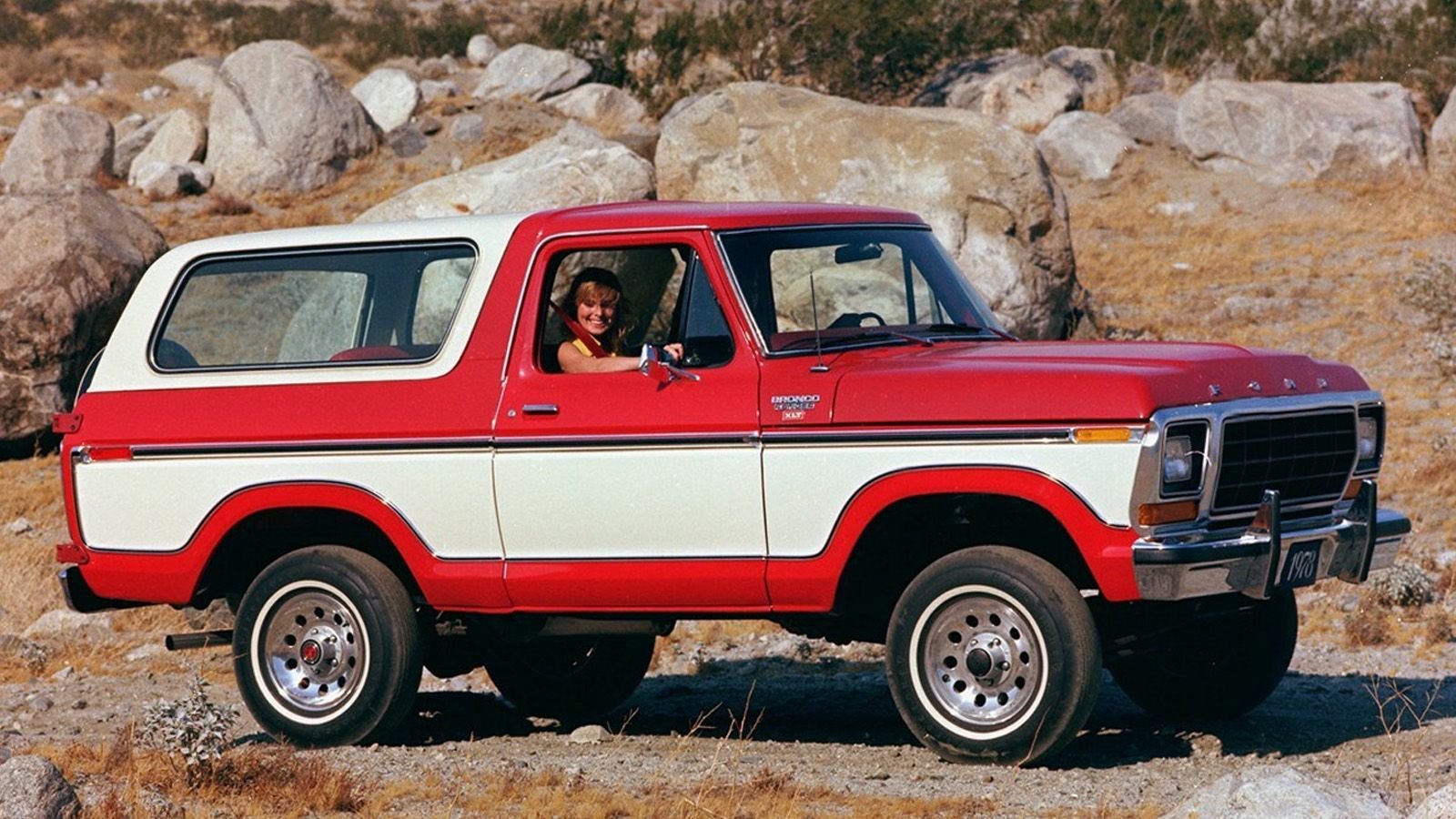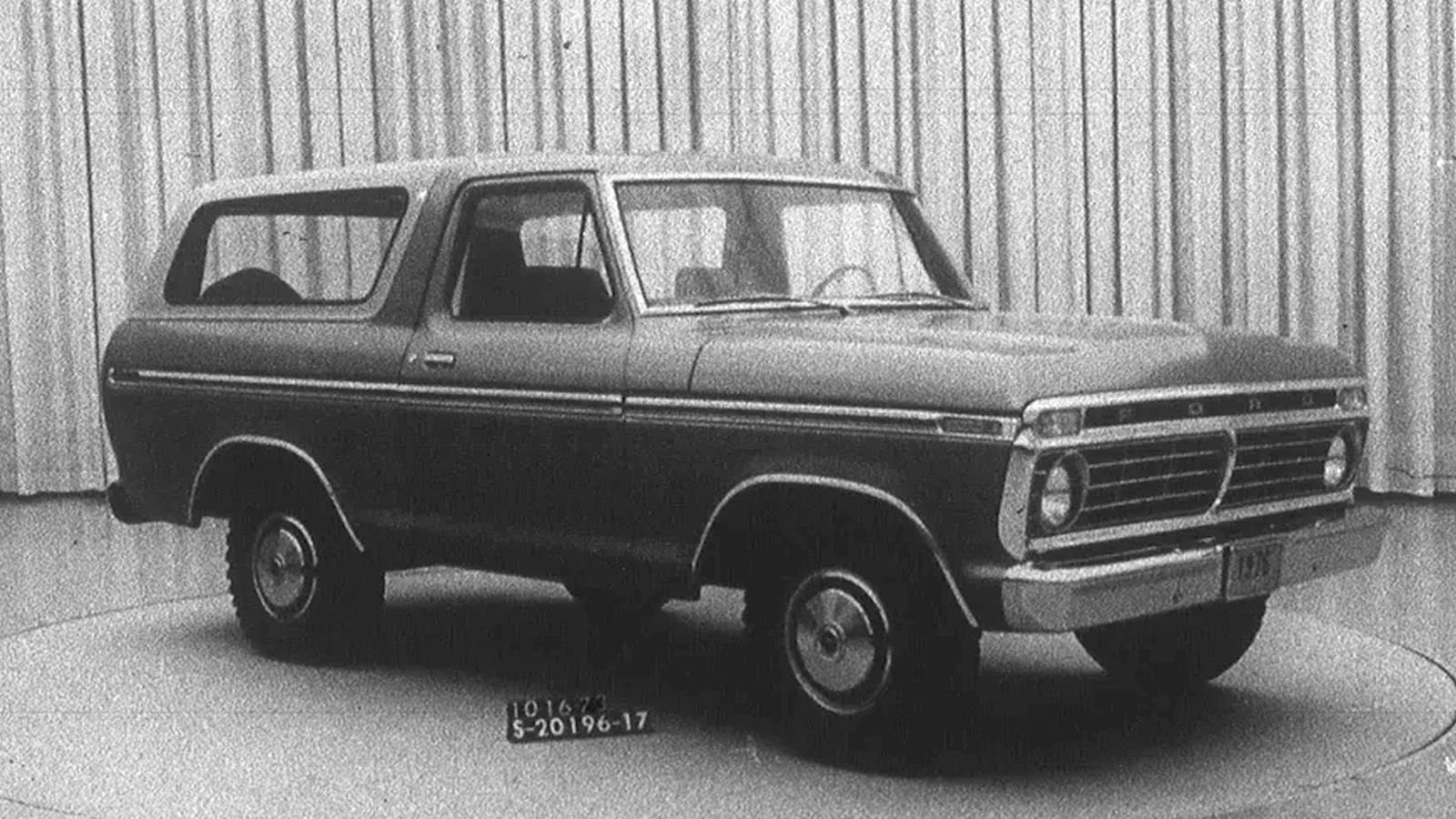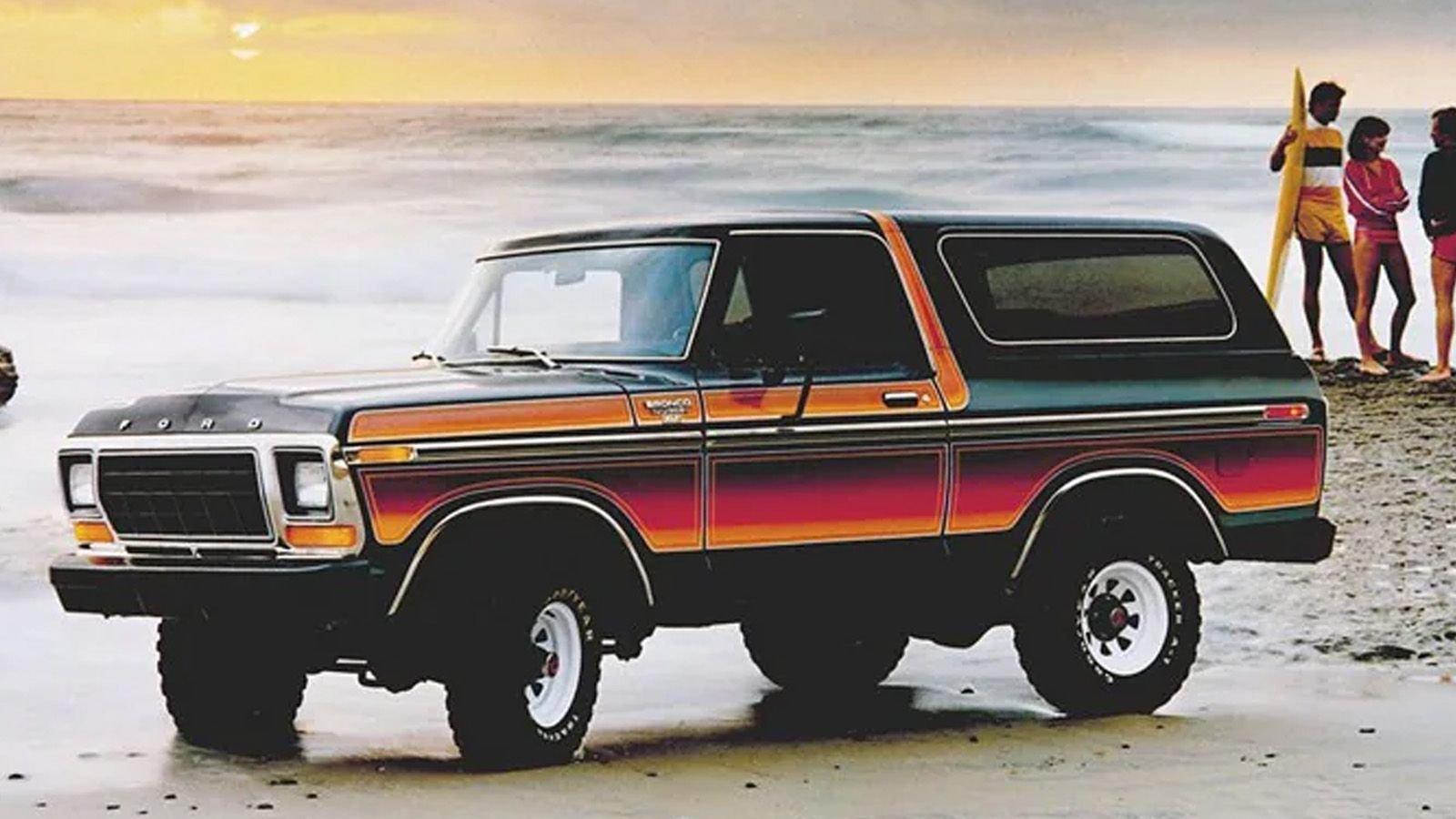Second-Generation Bronco Shared Blazer Thinking
Challenged by the oil crisis, the 'Shorthorn' design worked within limitations.
















Worry Smile
There is a lot of buzz around the Broncos these days, but it is far from new. Today's excitement can be traced back to 1978 when Ford launched its second-gen, full-sized, Bronco. While that was reason enough to smile, it was proceeded by a fair amount of hesitation. Ford's biggest worry was Chevrolet's popular 1969 K5 Blazer which was updated in 1973.
Studio Challenge
Richard Nesbitt was one of five designers who worked on the second-gen Bronco at Dearborn's Light Truck and Tractor studio. In a 2020 Hemmings feature, he personally summed up Ford's apprehension. “The one thing I was concerned with was that I didn't want it to look like the Blazer.” Nesbitt then added, “That was a challenge to do.”
Winning Years
The Dearborn design team had its work cut out. Although Chevrolet was a little late to the game, releasing the K5 Blazer three years after the first-gen Ford Bronco and almost a decade after the well-established International Harvester Scout, the K5 began outselling its competitors within a year. Part of the winning formula was that Chevrolet based the Blazer on its existing line of full-sized trucks.
Share Team
Adding to its popularity, the K5 Blazer featured an open-top body, with a removable fiberglass roof. The five Ford Bronco designers included Nesbitt, Dale Berg, Skip Wells, Jeff Ayres, and Dave Royer. In 1971, the team was tasked with producing a replacement for the small frame, the first-gen Bronco. Initially, the designs did not share the same bodywork as Ford's full-sized trucks.
Triggered Wagon
Oddly resembling the contemporary Bronco, the mid-sized concept was slated for release in 1974. Ford was also flirting with renaming it the 'Centaur Wagon.' It was never produced. The Bronco redesign was shelved in 1973, as OPEC began its oil embargo on the U.S., which in turn triggered the first of many gas shortages. Production of the first-gen Bronco was left to soldier on until 1977.
Caveat Release
In light of the times, Nesbitt remembers thinking that the second-gen Bronco was “on indefinite hold.” His doubt was short-lived. Ford's Product Planning announced that the redesign was moving forward with a rescheduled 1976 release date. However, the news came with a caveat. The second-gen Bronco was now going to share the same sheet metal as the full-sized trucks.
Mimic Built
Product Planning also specified four variations of the new format. The first, code-named 'Shorthorn,' was a two-door sport-utility patterned after the Blazer. 'Longhorn' was set to mimic the four-door Suburban, while 'Midhorn' was similar, but with a shorter wheelbase. The fourth was 'Widehorn,' intended as a two-door sport-utility, but built six inches wider than a stock F-100 of the time.
Blazer Circle
Along with the design iterations was a stipulation of no fully removable hardtop. Nesbitt's successful 'Shorthorn' design worked within the limitation and utilized a wide B-pillar and parallelogram rear windows to set it apart from the Blazer. He later admitted that the idea “came almost directly from the 1955 Chevrolet Nomad.” Some things just take longer to go full circle.
>>Join the conversation about the Second-Generation Bronco right here in the forum.
For help with your maintenance and repair projects, please visit our how-to section of Ford-trucks.com.
